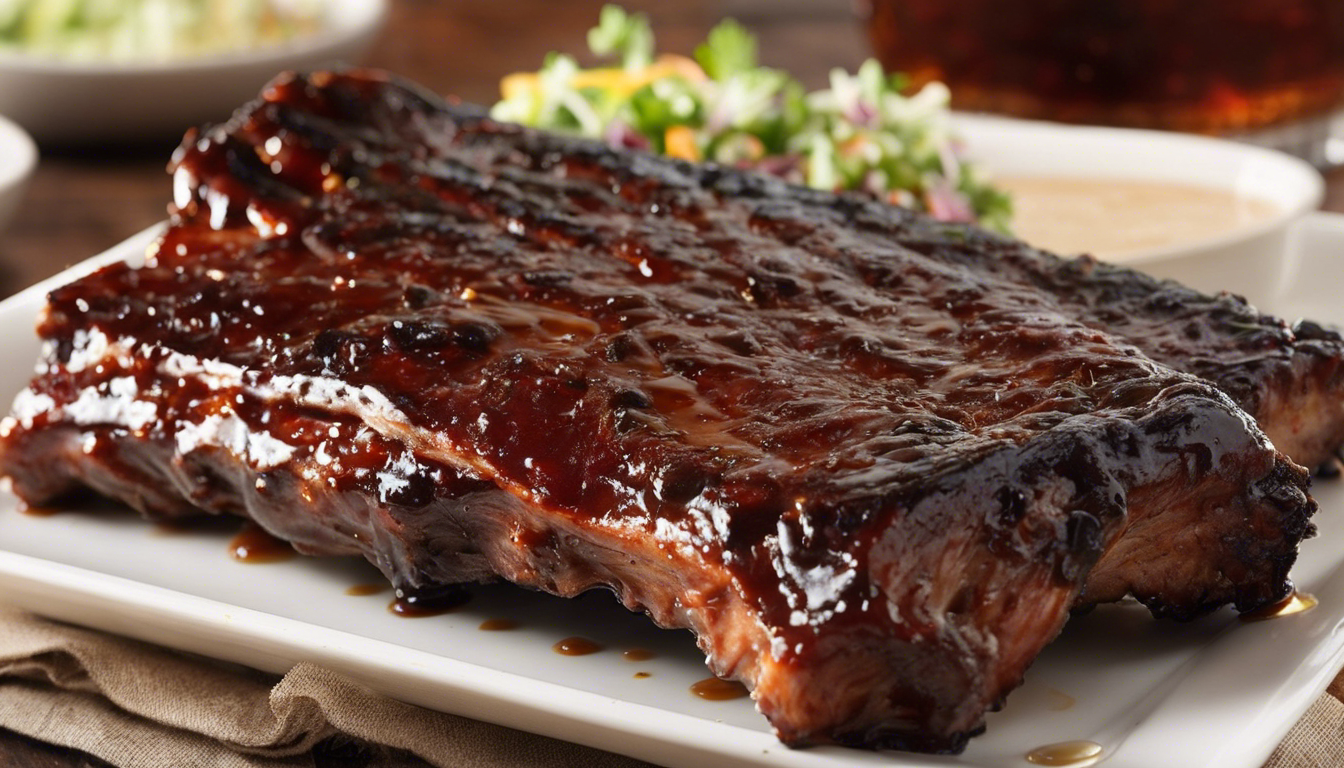
Ingredients and Preparation
Embarking on a culinary journey requires a well-prepared kitchen and the freshest ingredients. To ensure the success of your dish, it’s essential to gather all the necessary components before you begin cooking. Here’s a detailed list of ingredients you’ll need:
Once you have all your ingredients ready, it’s time to start the preparation process. Begin by cleaning and organizing your workspace. This will help you to work more efficiently and ensure that your cooking experience is enjoyable. Next, follow these steps to prepare your ingredients:
[Insert detailed preparation steps here, including any specific techniques or tips for handling the ingredients. For example, if the recipe involves meat, provide guidance on how to properly trim and season it. If vegetables are included, offer advice on washing, peeling, or chopping them to the desired size.]
Remember, the key to a great dish is not only in the cooking but also in the preparation. Take your time to carefully measure, chop, and season your ingredients as directed. This attention to detail will pay off in the flavor and presentation of your final dish.
Glazing and Cooking Techniques
Once your ingredients are prepped and your kitchen is set, it’s time to focus on the glazing and cooking techniques that will bring out the rich flavors and textures in your dish. Glazing, in particular, is a culinary technique that involves coating ingredients with a glossy, often sweet, mixture that can caramelize during cooking, adding depth and complexity to the flavor profile.
To begin glazing, you’ll want to prepare your glaze according to the recipe. This typically involves combining ingredients such as honey, maple syrup, or a reduction of balsamic vinegar with various seasonings and sometimes a bit of fat like butter or olive oil. Heat the mixture gently in a saucepan until it becomes syrupy. Be sure to stir continuously to prevent burning and ensure an even consistency.
When it comes to applying the glaze, use a pastry brush to evenly coat your main ingredients. If you’re working with meat, apply the glaze during the last few minutes of cooking to avoid burning the sugars. For vegetables, a light brush before roasting or grilling can add a delightful caramelized layer.
As for cooking techniques, whether you’re roasting, grilling, or sautéing, it’s crucial to maintain the right temperature. Too high, and you risk burning the glaze before the inside is done; too low, and you may end up with a soggy or underwhelming exterior. If you’re using an oven, preheat it to the temperature specified in your recipe. For grilling, keep a cooler side where you can move ingredients to avoid flare-ups or burning.
Remember to baste your ingredients periodically with the glaze to reinforce the flavor. This is especially important for slow-roasting or grilling. The repeated application of the glaze will build up a beautiful and tasty exterior. If you’re cooking in a pan, consider deglazing it with a little wine or stock after removing your ingredients. This will lift the caramelized bits from the bottom, creating a delicious sauce that can be drizzled over your dish before serving.
Lastly, don’t forget to let your meat rest after cooking and before slicing. This allows the juices to redistribute, ensuring that your meat is moist and flavorful. For vegetables, a quick toss in a glaze can be done after roasting for an extra punch of flavor just before serving.
By mastering these glazing and cooking techniques, you’ll be able to create a dish that’s not only visually appealing but also packed with layers of flavor. Keep these tips in mind, and you’ll surely impress with your culinary skills.
Serving Suggestions and Pairings
When it comes to serving your culinary creation, presentation and pairing are just as important as the cooking process itself. The right accompaniments can enhance the flavors of your dish and create a more rounded dining experience. Here are some suggestions to consider when serving your masterpiece.
Firstly, think about the base of your dish. If it’s a protein like glazed chicken or pork, consider serving it on a bed of fluffy mashed potatoes or a side of aromatic jasmine rice. These sides will not only complement the main flavors but also absorb any extra glaze or sauce, ensuring that none of the deliciousness goes to waste.
For a lighter touch, a fresh salad with crisp greens can add a refreshing contrast to the richness of the glaze. Opt for a simple vinaigrette to dress the salad, as a heavy, creamy dressing might compete with the main dish. If your glaze has a sweet component, incorporating fruits like sliced pears or apples into the salad can echo those flavors and add a delightful crunch.
Vegetable sides should be chosen to balance the main flavors. Roasted root vegetables, such as carrots or parsnips, can be a hearty and earthy choice, while steamed asparagus or green beans offer a tender and slightly sweet profile. If your dish has an Asian twist, consider stir-fried bok choy or a cucumber salad with sesame seeds.
When it comes to pairings, don’t forget about the beverages. A well-selected wine can elevate your dish to new heights. For glazed meats with a sweet and savory profile, a medium-bodied red wine like a Merlot or a Pinot Noir can be a great match. If your dish has a bit of spice, a Riesling or Gewürztraminer can provide a nice balance. For non-alcoholic options, consider a sparkling apple cider or a tart lemonade to cleanse the palate between bites.
Finally, if your dish is rich and indulgent, you might want to offer a light dessert to finish the meal. A scoop of sorbet or a fruit-based dessert can provide a refreshing end to a sumptuous dining experience.
Remember, the key to successful serving suggestions and pairings is to consider the balance of flavors and textures. Aim to complement the main elements of your dish without overwhelming them, and you’ll create a harmonious meal that’s sure to impress your guests.
